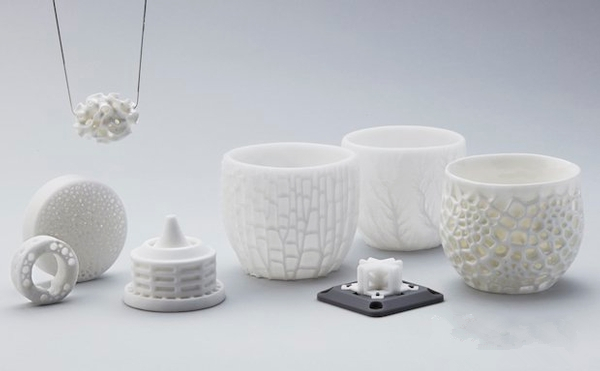We all know that people want things as fast as possible, at the cheapest price and of the best quality and sometimes it is only new technology or thinking that can deliver this perfect combination. In our case, 3D printing has been the big ‘disruptor’ in the business and it is definitely here to stay, becoming even better year after year. In this post, we will look at the case for injection moulding and other more traditional vowin.cn' target='_blank'>rapid prototyping methods to see whether they have met their match with the 3D printing revolution.

It is common for many non-engineers to only associate the rapid prototyping game with 3D printing, but we can certainly tell you that this is definitely not the case and we have been involved in the design and manufacturing of prototypes using injection moulding for a very long time! Yes, being able to produce something quickly, easily and cheaply at home or in the office has certainly made a difference to prototyping and there is definitely a place for such manufacturing both now and in the future. However, don’t write off injection moulding and its cousins yet, as the old dog can definitely teach the new one a few tricks…
Solely relying on 3D printing for the production of prototypes can mean that you will run into problems further down the line and this is something that needs to be considered in the initial stages of design. Generally, the strength and quality of a 3D printed part manufactured using a consumer 3D printer will not be anywhere near the quality of a well manufactured and designed piece made using an additive manufacturing technique such as SLS or FDM. Yes, they are a lot slower than 3D printing, especially when you consider shipping times, but if you want a prototype that is as near as possible to the real thing, then this is definitely the way to go.
However, additive manufacturing does have its issues. Final finish and cost are likely to be an issue – especially if you want to produce a larger quantity of parts – and this is where the old master might still be able to hold its own. Injection moulding and modern CNC machining is still the gold standard when it comes to producing large numbers of parts, with a desired surface finish, for a reasonable cost. If you take into account the professional engineering and design teams who are able to use their hard-earned experience to bring your prototype to reality, it is difficult to argue that a little extra lead time goes a long way!


